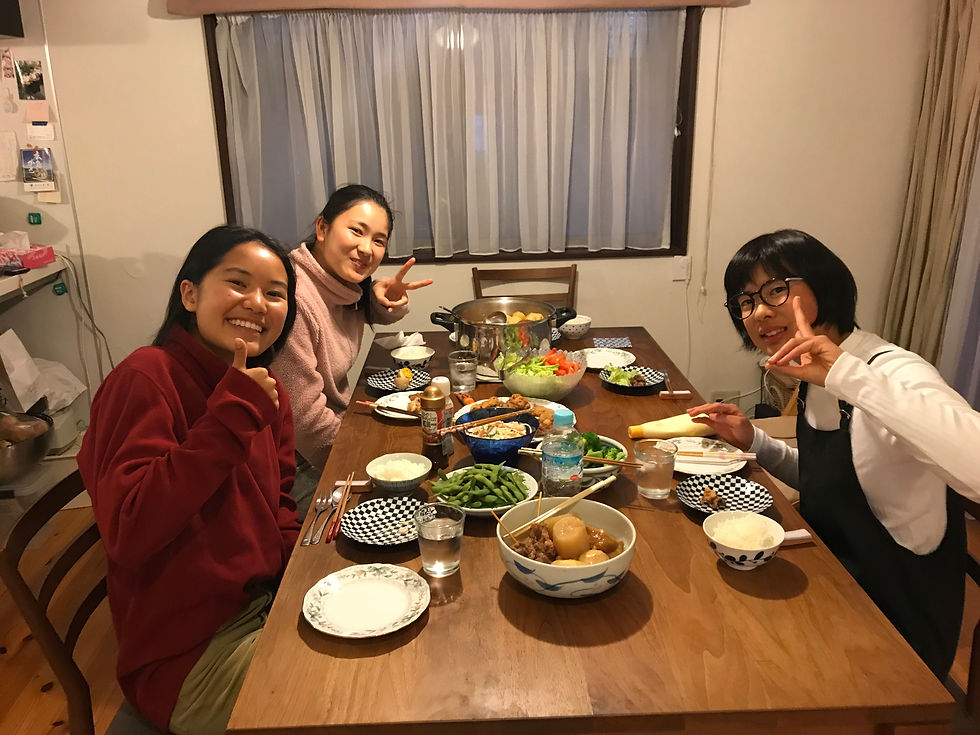August 6, 1945 at 8:15 a.m.
- HPA
- Mar 21, 2018
- 2 min read

Hiroshima Atomic Bomb Dome: The atrium of the then Hiroshima Prefectural Industrial Promotion Hall was almost directly below the hypocenter of the bomb. Although the building sustained heavy damage, it managed to escape complete destruction.

If the walls could talk...

The dome acts as a reminder of the force and untold suffering caused by the bomb, while continuing to symbolize the fight to abolish the world of nuclear weapons and bring about world peace.

If the rivers could talk...

The Peace Bell: This was installed with the aim of abolishing nuclear weapons and bringing about world peace.

Children's Peace Monument: This monument was built to commemorate Sadako Sasaki and the thousands of other innocent children who died due to the atomic bombing of Hiroshima. Sadako Sasaki was a young girl who was exposed to the radiation of the blast at the age of two and died ten years later from leukemia. Sadako, who continued to fold paper cranes throughout her long illness, can be seen at the top of the monument holding a wire crane above her head. Even today, folded paper cranes symbolizing the pursuit of peace arrive at the monument from all over the world.

Praying for world peace: Officially named the 'Memorial Monument for Hiroshima, City of Peace', it is more commonly known as the Cenotaph for Atomic Bomb Victims. The names of all those who lost their lives are inscribed inside the central stone vault regardless of nationality. Every year, new names are discovered and added to the list.

Learning about WW2.

The only photo taken by the Japanese photographer immidiately after the bombing.

Education continues....no matter what.

Life finds a way.

Listening to the survivor of the bomb.

He is 87 years old now.

Reading the hand-written note from President Obama to the city of Hiroshima and the orange crane he made to pray for world peace.







Comments